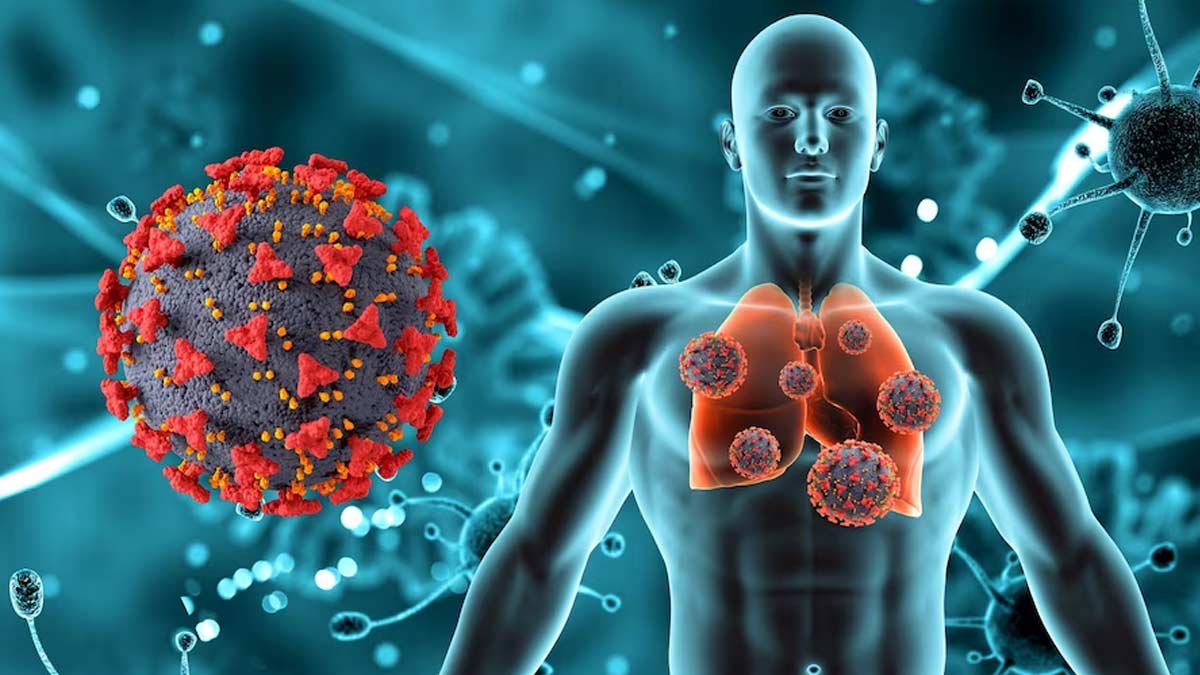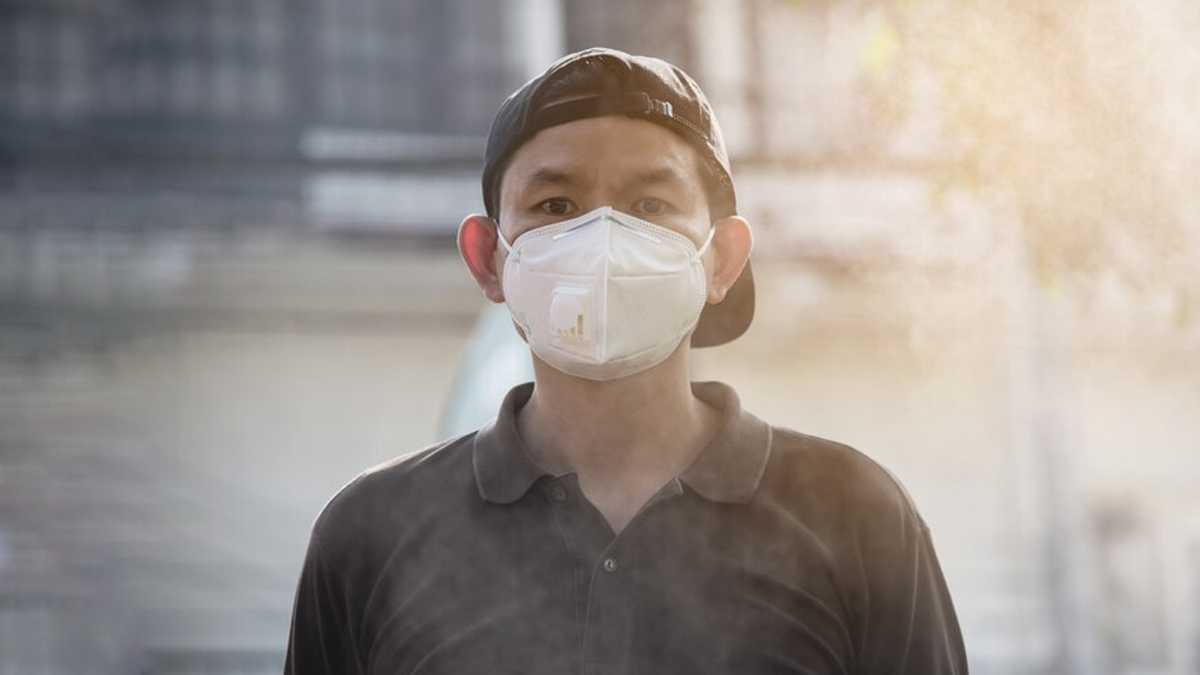
This era of rapid industrialization and urbanization has led to drastic changes in the environment around us, a major one being the alarming rate of pollutants in the air we breathe. The recently seen spike in air pollution has posed a substantial threat to public health and made an unnerving revelation about Tuberculosis, is a disease that has persisted as a global health challenge for a considerable amount of time.
According to research titled ‘Association Between Ambient Air Pollution and Elevated Risk of Tuberculosis Development’ published by the National Library of Medicine, the elevated risk of TB development is undeniably associated with continuous exposure to air pollutants, which in turn has the potential to contribute to the global TB burden.
Also Read: Not Just Your Lungs, Tuberculosis Can Also Affect Other Organs In Your Body: Explained

Understanding Tuberculosis And Its Connection With Air Pollution
Tuberculosis is an infectious disease that mainly affects the lungs, kidneys, spine, and brain in some cases as well. According to the Centers for Disease Control and Prevention, it is caused by inhaling the pathogen, Mycobacterium tuberculosis. As per WHO, an estimated 10.6 million people went down with tuberculosis (TB) in 2021, and 1.6 million people succumbed to it.
A tuberculosis infection has flu-like symptoms in the initial stage, such as low fever, cough, and fatigue. As the infection progresses, a range of new symptoms including chest pain, chills, coughing up blood or mucus, drastic weight loss, and more, start showing up.
Multiple studies including the one published by NLM, have found a connection between increased air pollution and how it exacerbates susceptibility to tuberculosis infection. According to them, prolonged exposure to carbon monoxide (CO) can significantly contribute to the risk of infection, closely followed by nitrogen oxides (NOX) and nitrogen dioxide (NO2). It was also proven that there is a 50% increase in the risk of pulmonary TB for those exposed to the highest concentration of CO, compared to those with the lowest exposure.
Also Read: Tuberculosis: Here Are Some Of Its Types You Must Know
The Findings
Despite the fact that there hasn’t been enough research on the connection between declining air quality and M. tuberculosis, this phenomenon is worthy of further study. The study has concluded that air pollutants, including PM2.5, PM10, SO2, NO2, CO, and O3, severely increase the risk of M. Tuberculosis in individuals.
Also watch this video
How we keep this article up to date:
We work with experts and keep a close eye on the latest in health and wellness. Whenever there is a new research or helpful information, we update our articles with accurate and useful advice.
Current Version